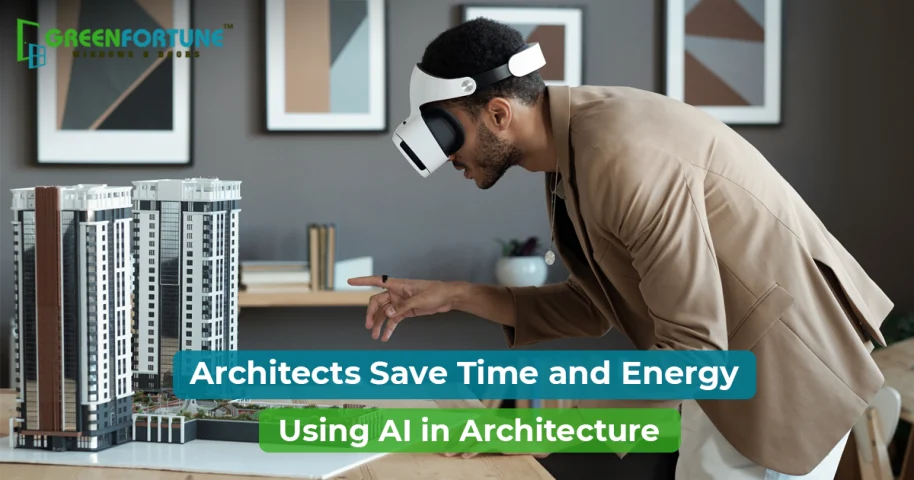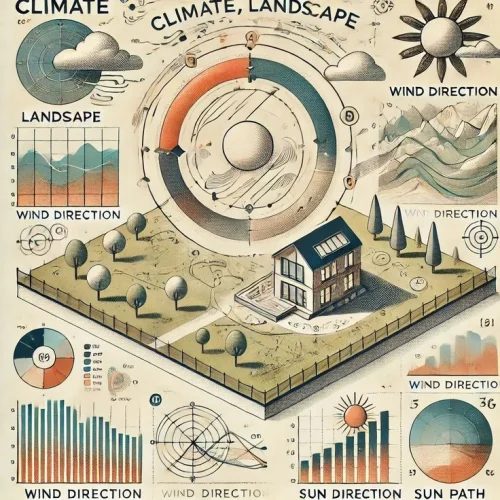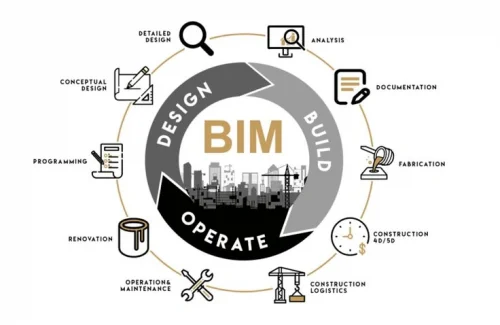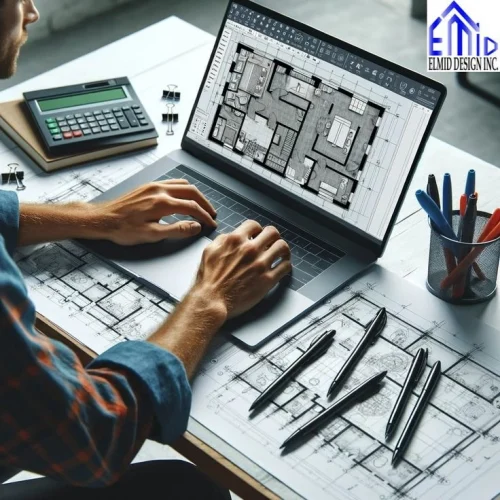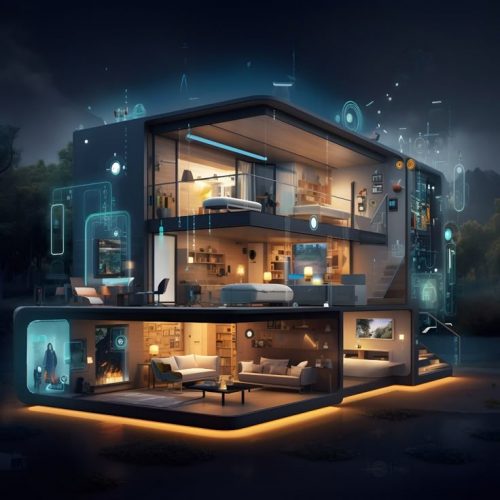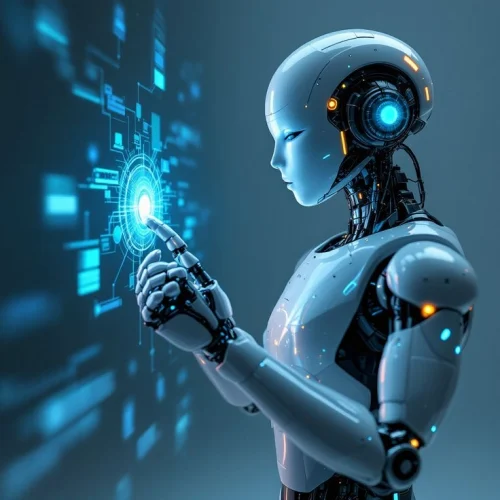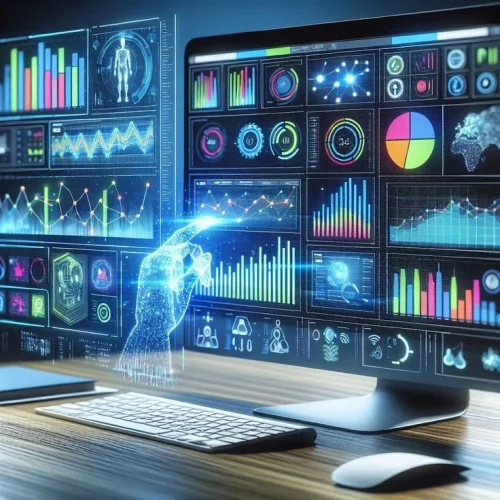
How to Build the Perfect Home Theater Setup on a Budget
June 18, 2025
Top 7 Kerala Nalukettu Home Design Ideas That Are Trending In 2025
June 18, 2025Are you noticing how AI in architecture is suddenly everywhere and not just some sci-fi daydream? From fashion to film, even in architecture, AI is becoming a behind-the-scenes partner. Artificial intelligence is no longer only a chatbot, but it is helping architects and contributing a lot around the world. It is used to complete complex tasks, speed up workflows, save time, and generate smarter ideas.
You might have probably come across stunning modern designs on platforms like ArchDaily and wondered, “How do they do it so fast?”. Smart tools and creative minds make a pretty powerful combo. Let's understand how artificial intelligence is starting to reshape the architecture field with its time-saving solutions.
What is AI in Architecture?
AI in architecture is basically using artificial intelligence tools and technologies to help architects work smarter and faster. Instead of spending hours looking at floor plans or calculating materials, AI can do the difficult task. It can scan thousands of designs, predict structural performance, suggest layouts, or even create 3D models with just a few prompts.
Also Read: Affordable Smart Home Devices to Improve Your Daily Life
Tools and platforms like those you read about on ArchDaily are already making this happen. AI architecture tools are stepping in to reduce manual work. They help in analyzing climate data to suggest the most efficient building orientation. AI is quickly becoming a game-changer and helps turn bold ideas into actual structures faster than ever.
How AI in Architecture Is Helping Architects
Nowadays, architects wear many hats, rather than just designing buildings. So, to make their task easy, AI stepped into the architecture field. The Reasons and awesome ways AI in architecture is helping architects are given below.
1. Design Ideas
One of the most exciting things about AI is how it comes up with new ideas. Architects can instantly explore dozens of design variations based on given constraints like space, light, or materials with the help of AI-powered generative design tools. It provides more time to test out innovative ideas rather than getting stuck on one version. Architects can quickly explore fresh ideas, test what works, and fine-tune them easily instead of starting from scratch.
Also Read: How to Decode Home Warranties for Complete Protection
2. Smarter Usage
Architecture is no longer based only on looks, but moreover on what works best. It helps architects use materials wisely and plan for better energy performance by analysing data from climate, sunlight angles, and local resources. It helps to design sustainable and cost-friendly homes.
3. No Repetitive Task
Drafting, scheduling, and checking for design clashes in BIM models is a more tiresome task. AI helps in handling time-consuming tasks like drafting, detecting design conflicts, or managing schedules. Architects get time to focus on solving design challenges, meeting clients with new concepts, and creating impactful designs.
4. Project Management
Managing an architecture project can feel like a circus act because of the juggling of timelines, vendors, budgets, and teams. AI tools help make this process smoother by analysing historical data and current progress. They can predict potential delays, flag risks before they become problems, optimize team schedules, and even prevent overbudgeting. It is like a smart assistant who always keeps your project stress-free and on track.
5. Collaboration
AI helps in the data integration between all stakeholders, like architects, engineers, contractors, and clients. Everyone works off the same data, which cuts down on miscommunication and improves teamwork across the board. In fast-paced projects, especially in large cities, this level of coordination is essential.
Also Read: Purv Mukhi Vastu Guidelines: Do’s and Don’ts for East-Facing Homes
6. Client Experiences
Explaining your design vision to a client can be challenging. But with AI-powered visualization tools and VR, clients get the immersive “walk-through” experience in their future home or office before even starting the construction. It helps the clients understand the design in a better way, share their feedback and gain their trust.
7. Maintenance
AI can be part of maintaining the building’s long-term health. Through digital twins and smart sensor monitoring, it predicts when maintenance is needed or how to optimize building performance. It saves time, money, and effort down the line.
8. Energy Efficiency
AI analyses how a building consumes energy and makes suggestions like optimizing HVAC systems, positioning windows to let in more natural light, or adjusting building orientation to reduce heat gain. These insights directly support the design of energy-efficient and sustainable buildings without sacrificing comfort.
Also Read: Upcycling in Construction: How Builders Use Waste Materials
9. Accuracy
AI tools can cross-check architectural plans with building codes, simulate loads, and catch mistakes early. It acts like a super-focused design assistant who never gets tired. It reduces errors and makes fewer changes, better safety, and improves compliance with local regulations.
10. Data-Backed Decisions
AI processes massive amounts of data and gives architects recommendations based on real numbers, trends, and analysis, without making guesses. It results in better-informed design decisions and smarter project strategies.
Will AI Replace Architects?
No, AI cannot replace humans, but it can empower them. AI is super helpful and can do a lot of the boring stuff like sorting data, drawing drafts, or checking errors. But it does not have that creative spark, empathy, or human touch that architects bring. A home is about feeling, comfort, and connection, and people want spaces that tell a story. That is something only a real person can do. AI is a helpful assistant, not your replacement. It supports architects and their vision and makes it come alive.
Also Read: Modern Indian Washing Area Design for Kitchens and Homes: From Utility Corners to Outdoor Spaces
Final Thoughts
AI is becoming the architect’s best friend. It is helping them handle the busywork to make smarter choices faster. What makes this more exciting is that it is not taking over the architects, but it is teaming up for powerful developments. Getting aid from AI tools could be the smartest way to stay ahead, save time, and create something next-level.
GreenFortune: Upgrade Your Home with Premium uPVC Solutions
Bring a fresh look and long-lasting comfort to your home with GreenFortune’s advanced uPVC windows and doors. GreenFortune blends beauty and function with ease.
Our products offer excellent insulation, soundproofing, and modern aesthetics, and are designed for durability and to handle every season. Choose GreenFortune, where quality meets innovation. Let’s build a better home together.
FAQs
- Can AI help with sustainable architecture?
Yes, AI can analyze climate data, energy patterns, and material use to help design eco-friendly, energy-efficient buildings.
- Is AI only for big architecture firms?
No. Even small firms and solo architects are starting to use AI tools. Many are affordable and super easy to plug into your existing process.
- Can AI understand a client’s design preferences?
AI can analyze past designs and client input to suggest ideas, but it still needs human insight to really understand feelings and personal tastes.
- Will I lose creative control if I use AI tools?
No, AI cannot take out your creative side. AI just gives you more options and saves time. It does not take over the design process. You are still the one making the final call.
- What are digital twins in architecture?
A digital twin is a virtual model of a building that uses real-time data to monitor performance. AI helps power these models for smarter maintenance.




